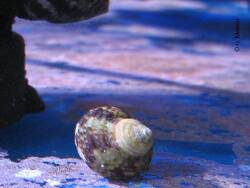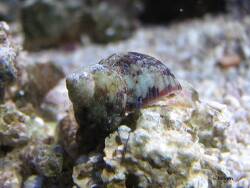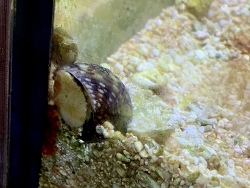Info
Shell thick with many rough spiral cords. Shell opening is silvery and half the length of the shell. Chalky operculum is hemi-spherical and purplish brown. Sometimes, the operculum of a dead snail is washed ashore.
Synonymised names:
Lunatica brunea Röding, 1798 (original combination)
Lunatica squamosa Röding, 1798 (original combination)
Turbo brunneus (Röding, 1798) (misspelling)
Turbo squamosus (Röding, 1798)
Turbo ticaonicus L. Reeve, 1842 (possible synonym)







 HeXa
HeXa



















